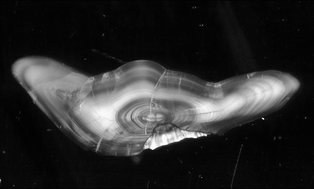Solution-based determination of trace elements in biogenic carbonates: comparison of two sample introduction systems for use in flow injection ICPMS analysis†
Abstract
The elemental composition of fish ear stones (otoliths) is used to inform upon environmental conditions, fish migrations, population structure, and nursery areas. We compared two nebuliser/spray chamber configurations for determining concentrations of Mg, Ca, Mn, Cu, Zn Rb, Sr, Ba, La and Pb in acidic otolith digests using flow injection

- This article is part of the themed collection: 2009 European Winter Conference on Plasma Spectrochemistry, Graz, Austria

 Please wait while we load your content...
Please wait while we load your content...